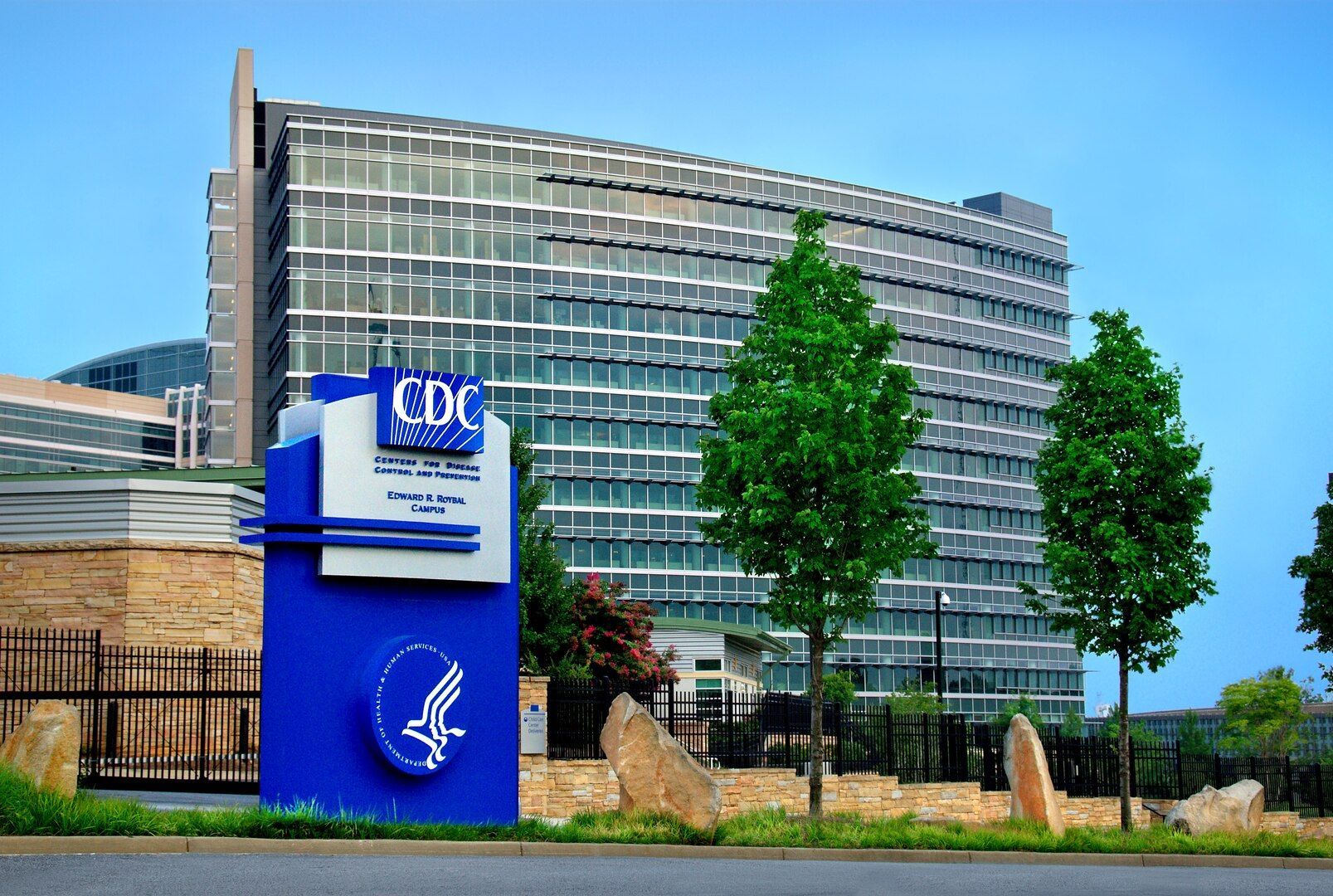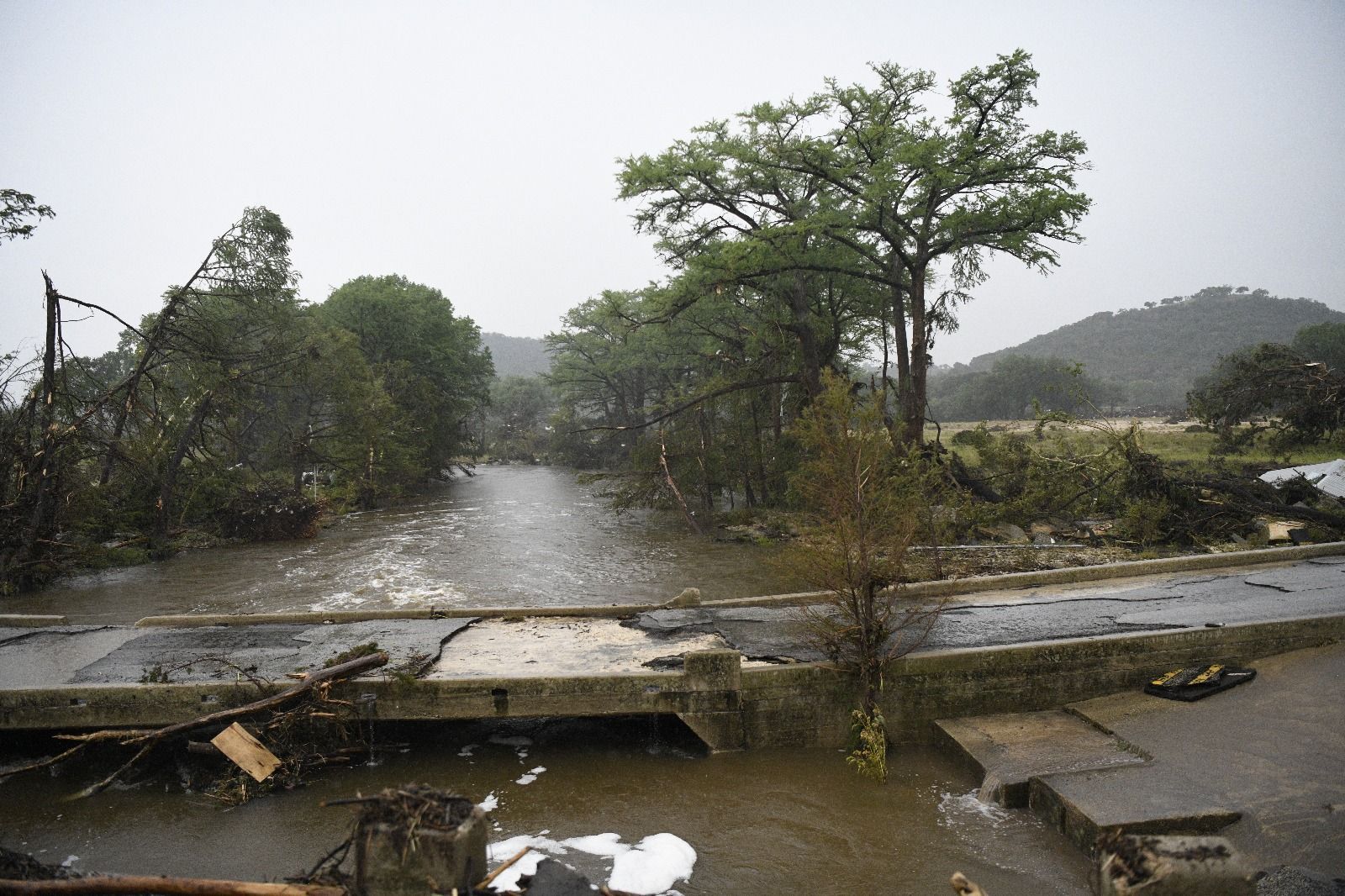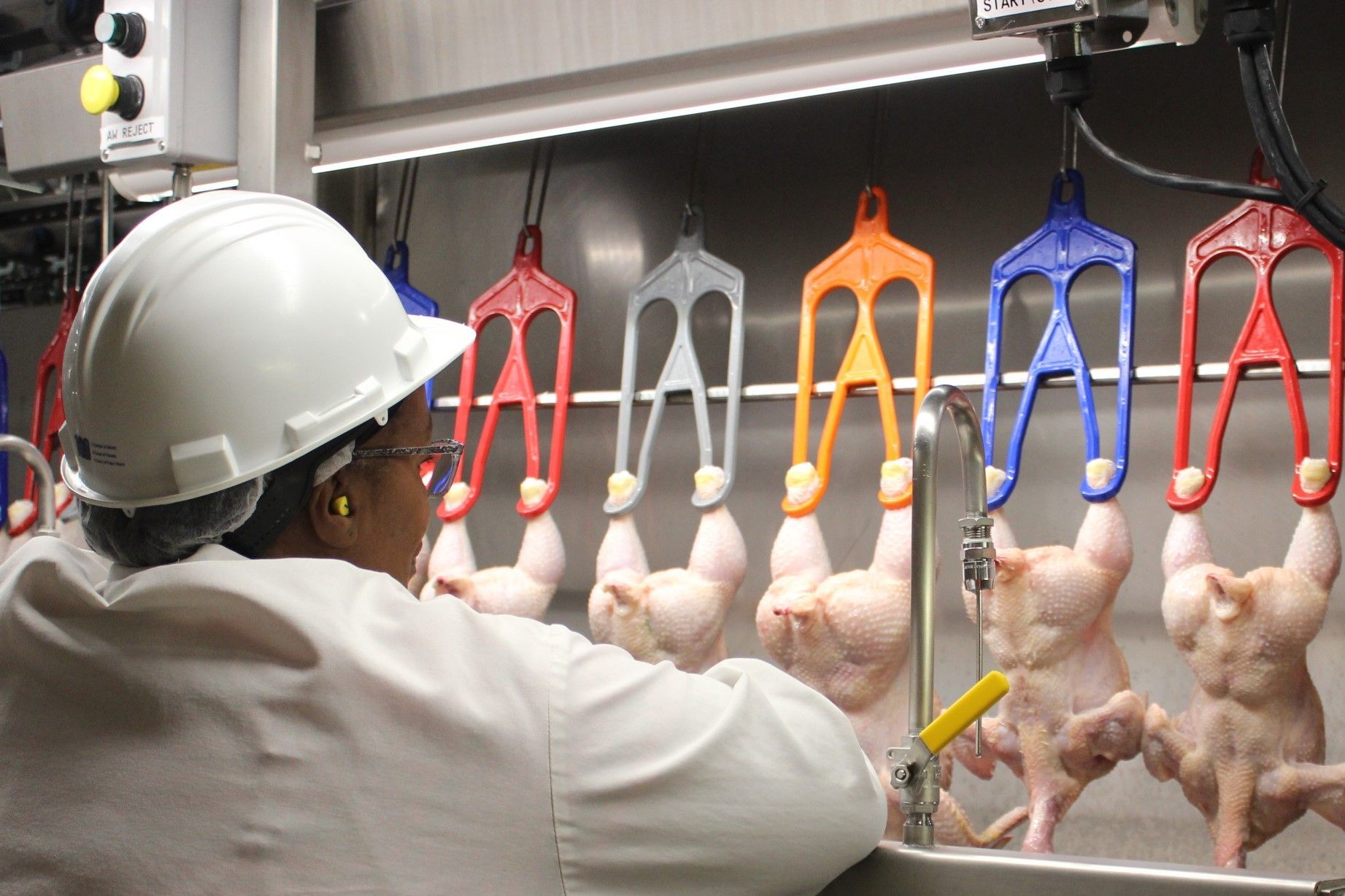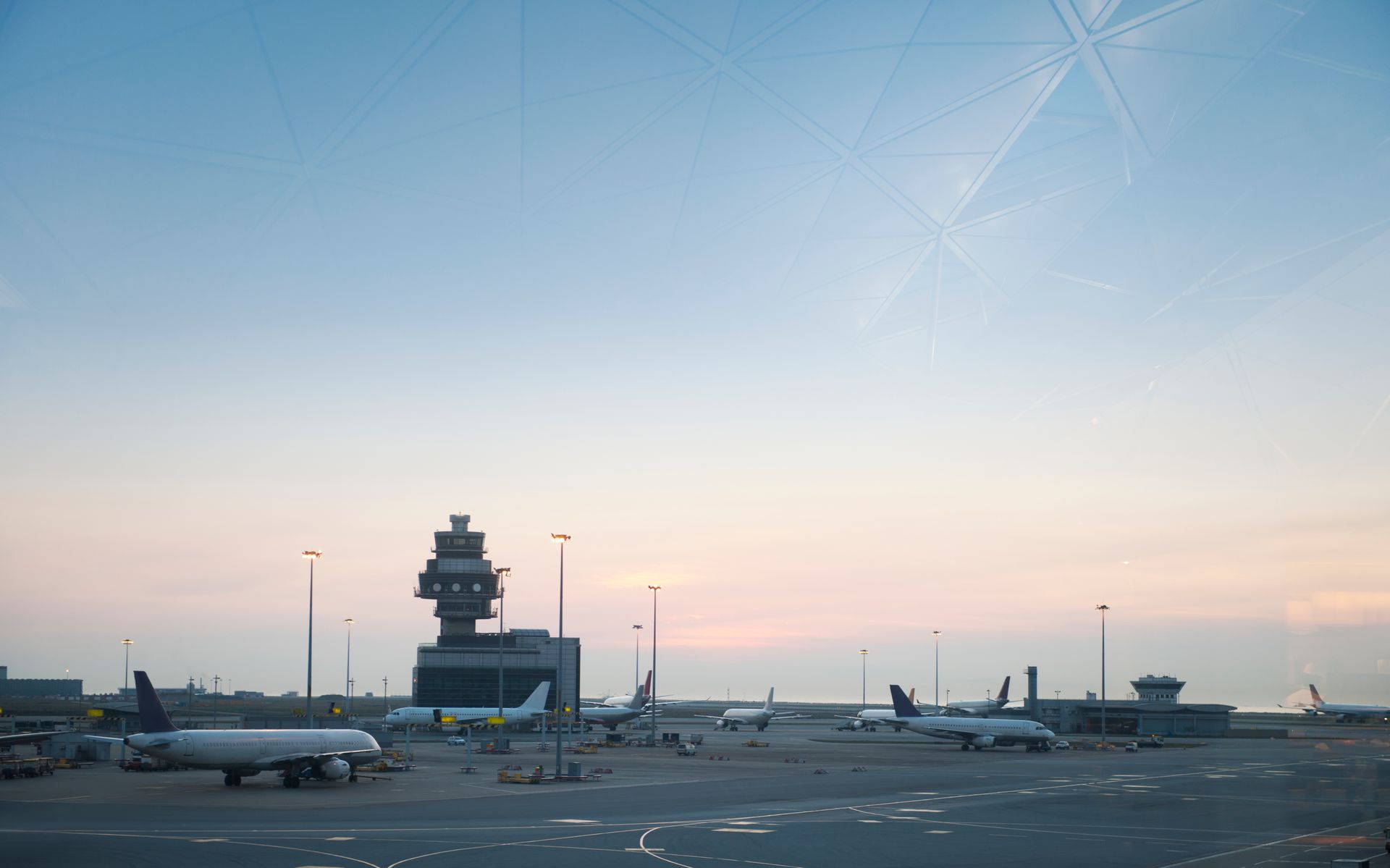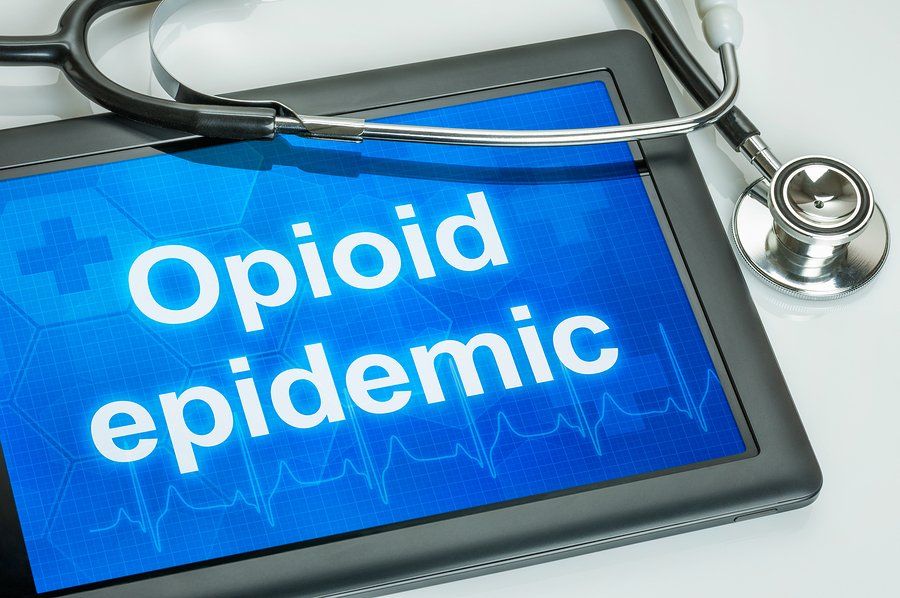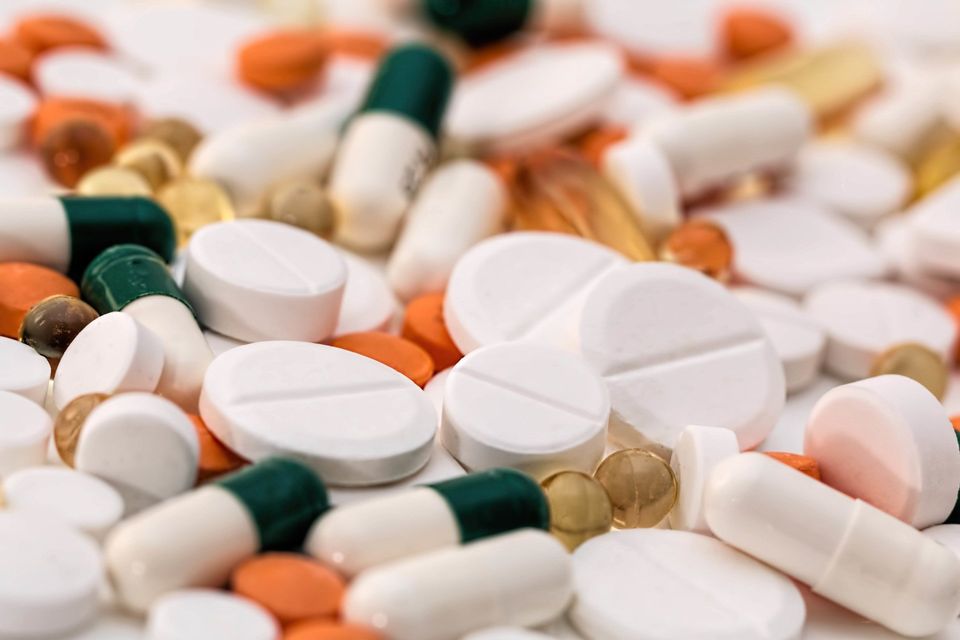OPIOID DRUGS' LITIGATION HAS A STRONG FAILURE TO WARN CLAIM
It is no secret that in the U.S. over the last 30 years, Americans on a very wide scale have become addicted to Opioids, including such popular prescription drugs as OxyContin, Hydrocodone and Morphine, originally prescribed as pain killers. Millions of Americans suffer from pain and often resort to prescribed opioids to treat their conditions. However, they have also been subject to the dangers of prescription misuse, opioid use disorder and overdose.
Since the 1990s, when the amount of opioids prescribed to patients began to grow, the number of overdoses and deaths from prescription opioids has also increased. Even as the amount of opioids prescribed and sold for pain has increased, the amount of pain that Americans report has not similarly changed. The number of opioid prescriptions written in the United States in the past decade is staggering, averaging approximately 4 billion prescriptions per year.
From 1999 to 2017, almost 218,000 people died in the United States from overdoses related to prescription opioids. Overdose deaths involving prescription opioids were five times higher in 2017 than in 1999. How did we go from a nation that respected opioids only to be used as a small part of a person's pain management program to a nation where millions of its citizens are addicted to opioids long after their utility to curb pain has vanished.
Before addressing this issue, consider just one small example of how prescriptions ordered, pills sent from manufacturers and dispensed all too willingly by doctors and/or pharmacists affected just one small town in America. During 10 months in 2007, one pharmaceutical distributor, McKesson, shipped three million prescription opioids to a single pharmacy in a small West Virginia town with only 400 residents. This couldn't have happened without an eager drug company counting its profits, never mind that they are, in effect, acting as nothing more than a drug dealing cartel, run by executives no different than El Chapo or Pablo Escobar. But they aren't alone. Corrupt doctors, some of whom take a cut of the prescription drugs' profits by selling them on the streets through their own network of local drug dealers and pharmacists willing to overlook the massive amounts of obviously excessive opioid pills being peddled throughout their community are also complicit. And finally, this flood of opioids lands in the hands of no longer pain-infused former patients who have now morphed into full blown addicts needing not only their normal "fix" but ready to easily move on to the next level needed to fill their addictions, supplied by heroin or fentanyl or even more deadly chemicals. Now, multiply this West Virginia town's pill deluge and its resulting drugged-up hopelessly addicted victims by rural towns, prosperous suburbs and large cities across America and you may see the scope and enormity of our nation's crisis...and it is a crisis! In just one year (2015), a total of 793 million doses of opioid medications were prescribed, meaning that every man, woman and child in our country could have received as many as 68 pills each, depending on the prescription.
While politicians try to understand and grapple with this crisis, the legal community is taking strong action that, while it won't help the addicted...that's the role of our health, wellness and counseling communities...can at least seek punishment and long overdue compensation from the drug pushers at the top of the opioid food chain, the manufacturers and distributors who, without adequately warning physicians, pharmacists and, of course, patients about the dangerously addictive nature of their products, with cold, mathematical logic, flooded America with pills that, in many cases, weren't needed, for the sole purpose of increasing their profits. Their motto was proudly proclaimed as PROFITS OVER SAFETY: FULL STEAM AHEAD! It has been estimated that the opioid drug business is worth over $10 billion/year to big pharma. Enter the lawyers and their lawsuits.
It seems the drug manufacturers borrowed a page from the tobacco industry and set up and financed an "independent scientists group" whose sole mission was to convince the health care community and their patients that opioids were a safe method to curb unwanted pain in patients...without warning about the dangerously addictive nature of the drugs, not to mention that other, less addictive drugs, could easily have been an alternative in a patient's pain management program. Lawyers representing towns, cities, counties and States (e.g., New York, Massachusetts) are considering a legal theory of declaring the drug companies and their opioid products a "public nuisance" because they interfere with the public's health and safety, therefore adversely affecting the entire community/county/State, etc. In Johnson County, Texas, e.g., the complaint their attorneys filed stated the conduct of the drug companies was "abnormal, dangerous and out of place in its surroundings and constitutes a public nuisance." Their complaint (and those of other public entities) contends that the drug companies conspired to unlawfully market in massive amounts, opioids whose major purpose with this kind of over-the-top marketing could only be to reach people who had no medical need for these pills, but with easy access to them, would more than likely fall into the morass of addiction. Lawyers contend that the defendant drug companies knew this, were aware of the risk to addicting entire communities, and still, WITHOUT ANY WARNINGS about the known risk of addiction, continued to push their drugs upon an unwitting, certainly at first, audience of future addicts. In another page borrowed from state and localities' successful litigation against the tobacco industry, the cities, counties and States in the opioid litigation are seeking very extensive damages to cover the costs of treating their addicted populations and for resources to prevent future generations from becoming the next generation of addicts. And, many municipalities, in addition to seeking civil damages, are also filing criminal charges against the senior management both of the manufacturers and their distributors. We can only hope that the litigation process will bring to heel the biggest drug cartel in the history of the world.



